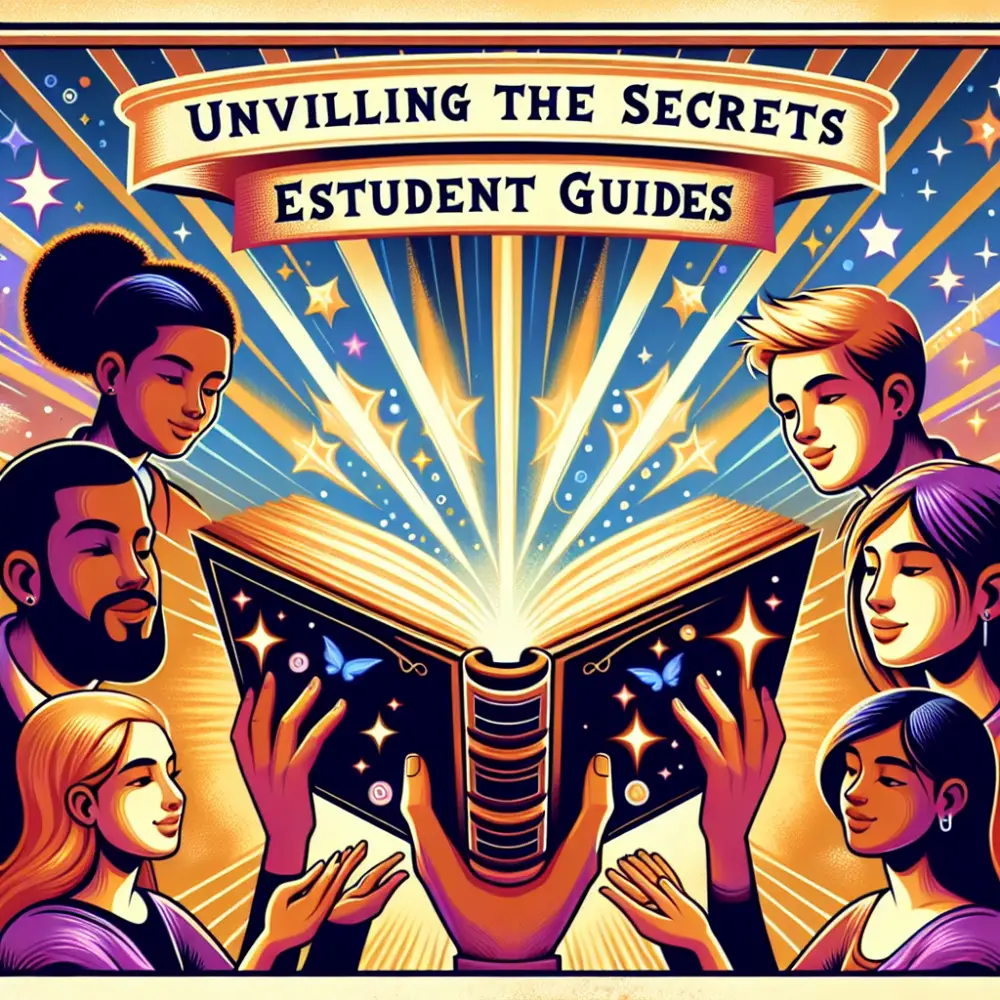
Student guides are essential tools that help students navigate through their academic journey more efficiently. Whether it’s a new student orientation guide, a course syllabus, or a study guide for exams, creating effective student guides is crucial for providing clear and concise information to help students succeed. In this article, we will explore some tips for creating engaging and informative student guides that will enhance the learning experience and empower students to excel in their studies.
Effective student guides serve as roadmaps for students, providing them with valuable information on course expectations, resources available to them, and strategies for success. By creating well-organized and easy-to-follow guides, educators can help students stay on track, maintain focus, and achieve their academic goals more effectively. So whether you are a teacher designing a syllabus or a student organization creating an orientation guide, these tips will help you create student guides that resonate with your audience and provide them with the support they need to thrive in their educational journey.
**Establish Clear Objectives**
One of the most important aspects of creating an effective student guide is to establish clear objectives for what you want to achieve with the guide. Before diving into the content creation process, take some time to outline the purpose of the guide and identify the key information that needs to be included. Consider what questions students may have and what resources they may need access to in order to succeed. By setting clear objectives from the outset, you can ensure that your student guide is focused, relevant, and meets the needs of your audience.
**Organize Information Effectively**
Once you have established your objectives, it’s important to organize the information in your student guide in a logical and coherent manner. Start by structuring the guide into sections or chapters that flow naturally from one topic to the next. Use headings, subheadings, bullet points, and numbered lists to break up text into digestible chunks of information that are easy for students to scan and navigate. Be sure to use clear language and avoid jargon or overly technical terms that may confuse or overwhelm students.
**Include Visual Aids**
Incorporating visual aids such as graphs, charts, diagrams, images, or infographics can help make your student guide more engaging and easier to understand. Visuals can break up large blocks of text, highlight key points or concepts, and make complex information more accessible to visual learners. When choosing visuals for your guide, be sure to use high-quality images that are relevant to the content being discussed. Consider using color coding or icons to differentiate between different sections or categories within the guide.
**Provide Actionable Tips**
Another way to enhance the effectiveness of your student guide is by including actionable tips or strategies that students can implement in their studies. Whether it’s tips for managing time effectively, studying efficiently, taking notes like a pro, or preparing for exams successfully – providing actionable advice can empower students with practical tools they can use immediately. Consider including real-life examples or case studies that demonstrate how these tips can be applied in practice.
**Encourage Engagement**
Lastly but not least importantly encourage engagement from your readers by including interactive elements in your student guides such as quizzes assessments reflection questions discussion prompts or activities Students learn best when they are actively involved in their own learning process so give them opportunities throughout the guide where they can apply what they have learned engage with the material critically think about concepts discuss ideas with peers
Creating effective student guides requires careful planning thoughtful consideration of your audience’s needs clear communication strategies thorough organization of content engaging visuals practical tips actionable advice consistent encouragement of engagement Developing well-crafted informative guides will not only enhance your students’ learning experience but also set them up for success in their academic endeavors
—
FAQs:
Q: How should I format my student guide?
A: Format your student guide using headings subheadings bullet points numbered lists visual aids color coding icons interactive elements etc Make sure it is well organized easy navigate visually appealing
Q: What type of language should I use in my student guide?
A: Use clear simple language avoid jargon technical terms keep sentences short concise Make sure it is easy understand even kids
Q: How do I know if my student guide is effective?
A: Test out pilot versions with sample groups feedback from users ask for input on areas improvement Once finalized seek feedback regularly improve upon future iterations Student engagement success rates completion rates retention rates surveys interviews all indicators effectiveness
Q: Can I update my student guide regularly?
A: Yes It is recommended update revise improve upon your student s regularly based on feedback changing needs technological advancements pedagogical innovations Stay up date latest trends best practices continually refine make adjustments necessary optimize effectiveness

















